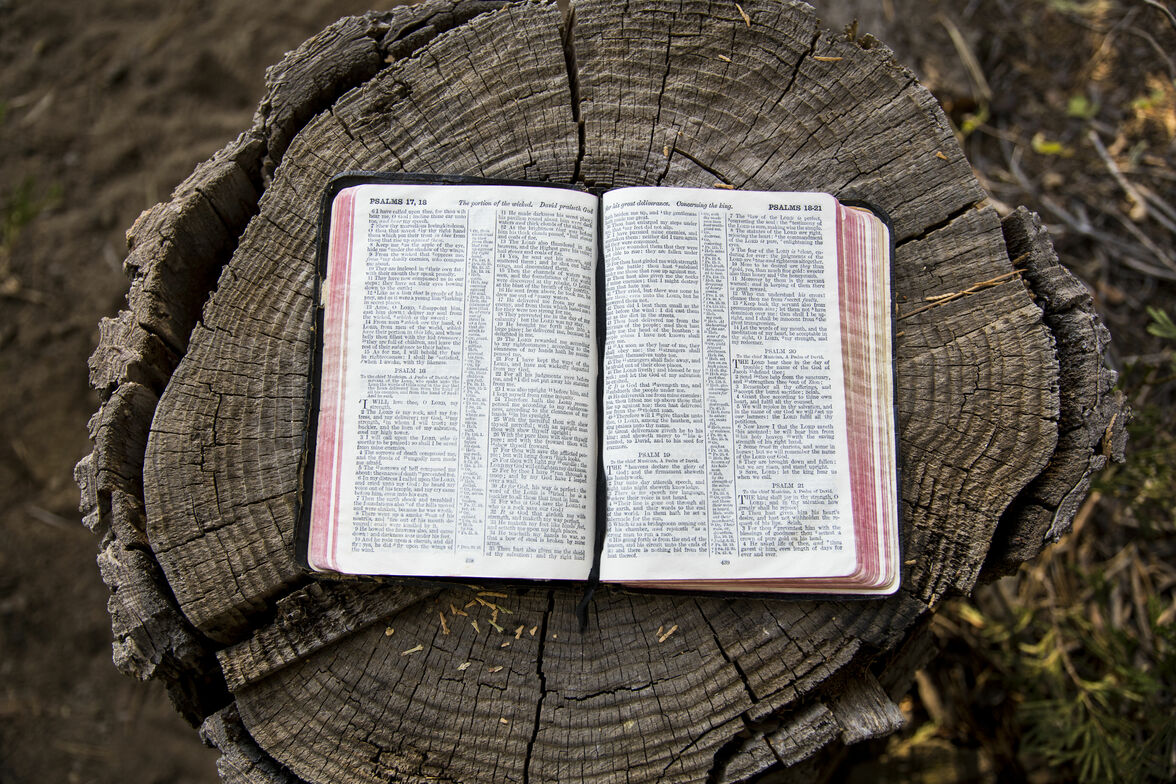Why Reading Straight Through the Bible Is Usually a Bad Idea

Understanding the Bible as a Library: How to Read Scripture More Effectively
Have you ever started reading the Bible from cover to cover with great intentions, only to get bogged down in Leviticus, Numbers, and Deuteronomy? You're not alone. Many people begin their Bible reading journey enthusiastically but soon find themselves lost among tabernacle measurements and grain offerings they don't understand.
This experience often leads to the belief that the Bible is too difficult or confusing to read. But what if the problem isn't with you or even with the Bible itself, but with how we approach it?
Why Is the Bible So Hard to Read Sometimes?
The fundamental issue is that the Bible isn't actually a book—it's a library. That leather-bound volume with gold-edged pages is actually a collection of 66 different books (in most Protestant Bibles). These books were written by different authors, in different time periods, for different purposes, and in different literary styles.
Trying to read the Bible from cover to cover is like walking into your public library and deciding to read everything from the A's to the Z's. You'd never approach a library that way because you understand that encyclopedias, novels, poetry collections, and magazines all require different reading approaches.
What Types of Literature Are in the Bible?
The Bible contains an incredible variety of literary genres:
- Historical narratives about Israel's experiences
- Editorial history that recounts past events to make specific points
- Prophetic books containing sermons delivered to specific audiences
- Collections of civil and religious laws for ancient Israel
- Wisdom literature like Proverbs offering practical guidance
- Poetry and songs in Psalms written for worship
- Letters addressed to individuals or communities
- Gospel accounts that teach theological truths through Jesus' life
- Apocalyptic literature using symbols to convey sacred knowledge
Some books even contain multiple genres within them. There are factual historical accounts, stylized stories from oral traditions, parables, prayers, hymns, personal notes, and yes—even something resembling a grocery list!
How Should I Approach Different Parts of the Bible?
Just as you wouldn't read a dictionary the same way you read a novel, you shouldn't approach every part of the Bible with the same reading strategy. Here are four practical ways to respond to this reality:
1. Be Aware of Different Biblical Genres
Simply recognizing that the Bible contains different types of literature can free you from unnecessary guilt. It's perfectly normal not to be equally engaged by every section of Scripture. You're not a bad Christian if you find a geographical survey less compelling than the Gospels.
This awareness helps you read more carefully, with appropriate expectations for each section.
2. Notice the Genre When You Read
As you read, try to identify what type of literature you're encountering:
- Is this a letter? If so, who wrote it and to whom?
- Is this poetry?
- Is someone telling a story or recounting history?
- Does it seem to be a sermon or instruction?
Many Bible editions include introductory pages before each book with helpful background information. Even without these aids, you can often discern clues from the text itself.
3. Learn More About the Biblical Library
You don't need to become a biblical scholar, but learning about different biblical genres can help you connect more deeply with Scripture and discover meanings you might otherwise miss.
For those wanting to go deeper, Gordon Fee's book "Reading the Bible for All It's Worth" provides an accessible introduction to biblical genres and how to read them effectively.
4. Relate to the Bible as a Library
Instead of saying "the Bible says," which implies every part speaks with the same voice and carries equal weight, try being more specific:
- "In Hebrews, we find..."
- "John wrote...
- "Jesus said..."
This approach doesn't diminish the Bible's inspiration. Rather, it acknowledges that God worked through different people in different contexts to communicate truth to us.
Does This Approach Undermine Biblical Authority?
Understanding the Bible as a library doesn't undermine its inspiration or authority. In fact, it aligns perfectly with God's character. Throughout history, God has worked through broken people in a broken world, graciously using our human tools—including diverse literary genres—to reach us, change us, and draw us to Jesus.
This isn't an obstacle to faith but a testament to God's stunning mercy and grace. God meets us where we are, speaking our language and using familiar forms of communication to reveal divine truth.
Life Application
This week, try approaching your Bible reading with this new perspective. Choose a book of the Bible and before reading, take a few minutes to identify its genre. Is it a letter, narrative, poetry, or something else? How might this knowledge change how you read it?
Ask yourself these questions:
- Which parts of the Bible have I struggled to connect with, and could understanding their genre help me appreciate them more?
- How might my interpretation of familiar passages change if I pay more attention to their literary context?
- In what ways does God's willingness to communicate through various genres demonstrate His desire to connect with humanity?
Remember, the goal isn't just to read Scripture but to hear God's voice through it. By recognizing the Bible as a diverse library rather than a single book, you open yourself to a richer, more meaningful engagement with God's Word.